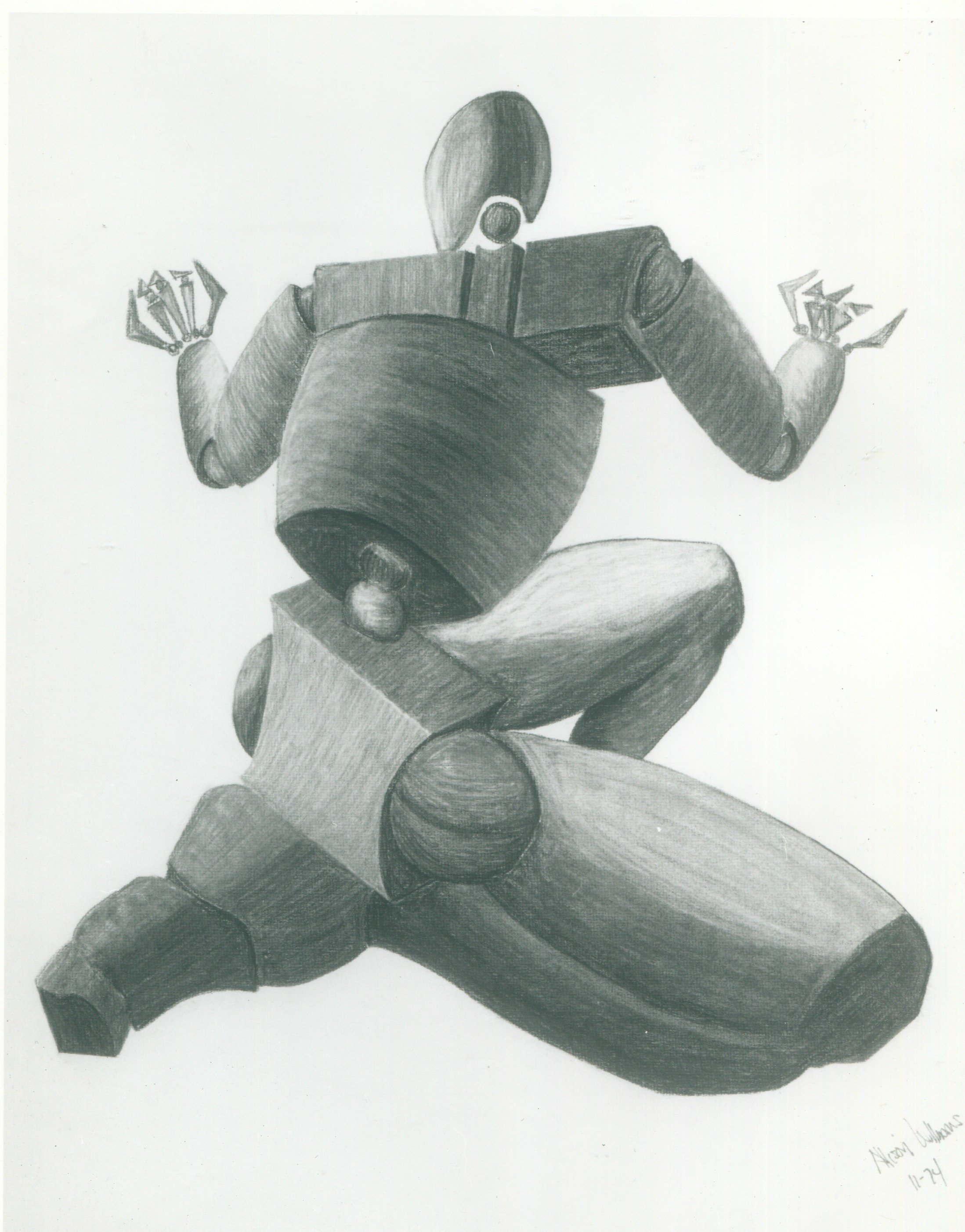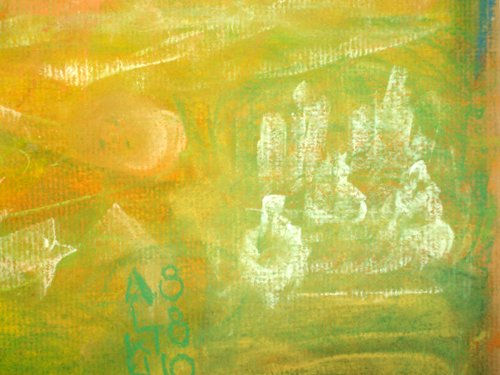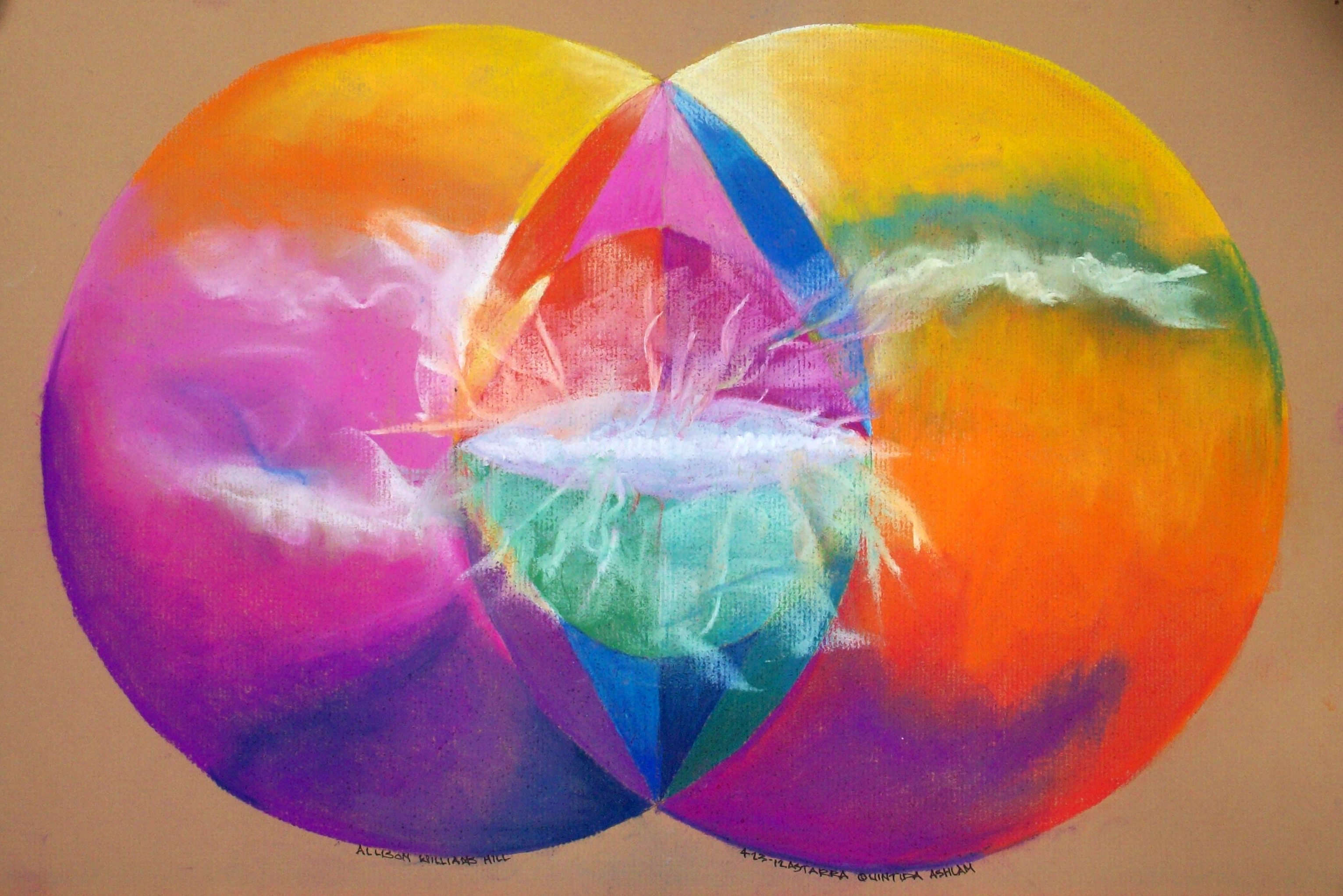Muscles and Bones
from "100 Interesting Facts About the Human Body"
Muscles and Bones provide the framework for our bodies and allow us to jump, run or just lie on the couch. Here are a few facts to ponder the next time you’re lying around.

Superhero sketch by Allison L. Williams Hill
Muscles Facts
71. It takes 17 muscles to smile and 43 to frown. Unless you’re trying to give your face a bit of a workout, smiling is a much easier option for most of us. Anyone who’s ever scowled, squinted or frowned for a long period of time knows how it tires out the face which doesn’t do a thing to improve your mood.
72. It takes twice as long to lose new muscle if you stop working out than it did to gain it. Lazy people out there shouldn’t use this as motivation to not work out, however. It’s relatively easy to build new muscle tissue and get your muscles in shape, so if anything, this fact should be motivation to get off the couch and get moving.
73. You use 200 muscles to take one step. Depending on how you divide up muscle groups, just to take a single step you use somewhere in the neighborhood of 200 muscles. That’s a lot of work for the muscles considering most of us take about 10,000 steps a day.
74. The strongest muscle in the human body is the tongue. While you may not be able to bench press much with your tongue, it is in fact the strongest muscle in your body in proportion to its size. If you think about it, every time you eat, swallow or talk you use your tongue, ensuring it gets quite a workout throughout the day.
Dem Bones, Dem Bones
75. The hardest bone in the human body is the jawbone. The next time someone suggests you take it on the chin, you might be well advised to take their advice as the jawbone is one of the most durable and hard to break bones in the body.
76. We are about 1 cm taller in the morning than in the evening. The cartilage between our bones gets compressed by standing, sitting and other daily activities as the day goes on, making us just a little shorter at the end of the day than at the beginning.

Spirit of the Island I detail by Allison L. Williams Hill
77. Babies are born with 300 bones, but by adulthood the number is reduced to 206. The reason for this is that many of the bones of children are composed of smaller component bones that are not yet fused like those in the skull. This makes it easier for the baby to pass through the birth canal. The bones harden and fuse as the children grow.
78. The tooth is the only part of the human body that can’t repair itself. If you’ve ever chipped a tooth you know just how sadly true this one is. The outer layer of the tooth is enamel which is not a living tissue. Since it’s not alive, it can’t repair itself, leaving your dentist to do the work instead.

79. Bone is stronger than some steel. This doesn’t mean your bones can’t break of course, as they are much less dense than steel. Bone has been found to have a tensile strength of 20,000 psi while steel is much higher at 70,000 psi. Steel is much heavier than bone, however, and pound for pound bone is the stronger material.
80. The feet account for one quarter of all the human body’s bones. You may not give your feet much thought but they are home to more bones than any other part of your body. How many? Of the two hundred or so bones in the body, the feet contain a whopping 52 of them.
Links

The above meditation mandala will be available soon.













